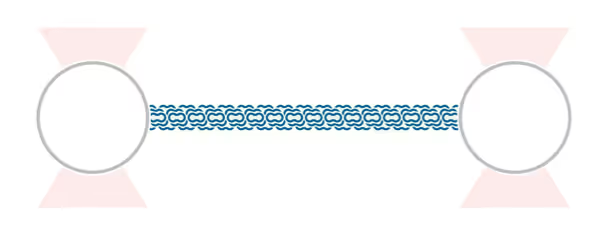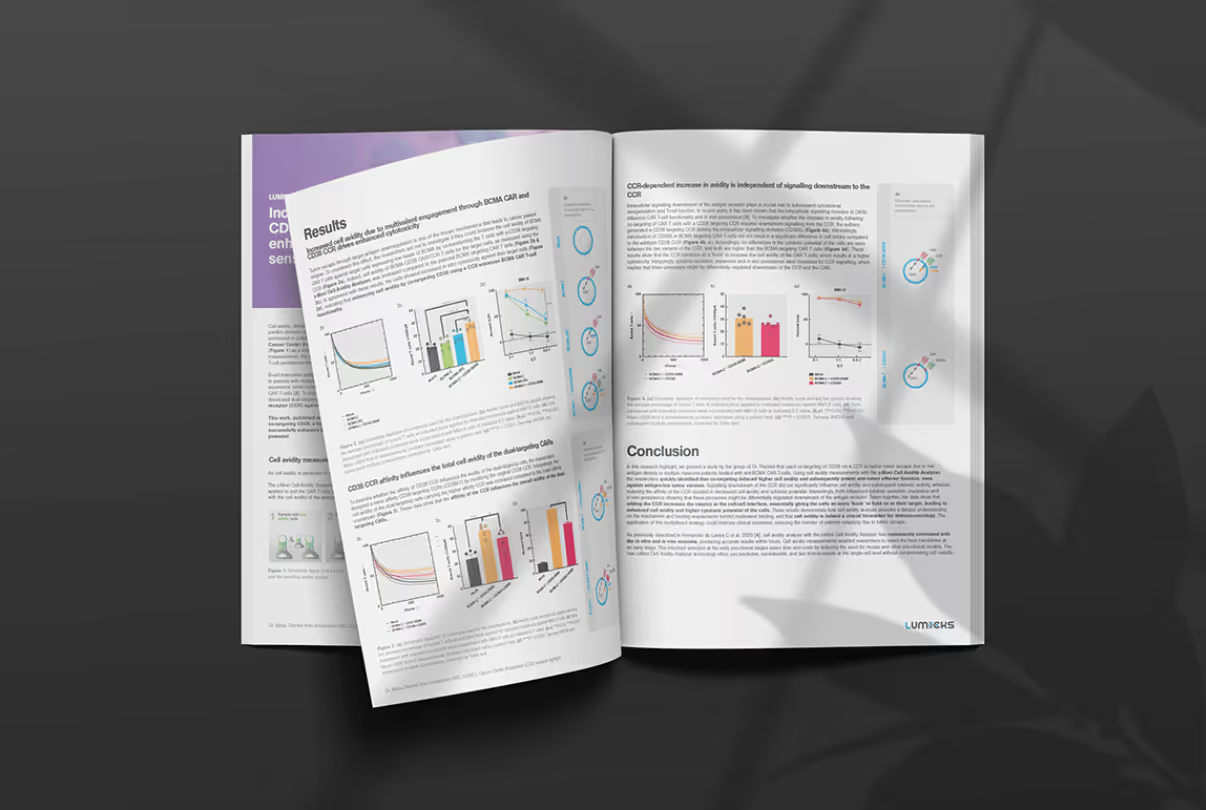The journal Science Advances has recently published the paper ‘Viscoelastic properties of vimentin originate from nonequilibrium conformational changes’. We would like to congratulate Prof. Dr. Sarah Köster and all co-authors for their great work on intermediate filaments (IFs)!
IFs are one of the filament systems which constitute the cytoskeleton of the eukaryotic cell. Up until now very little was known regarding the physical properties and their roles in cellular mechanics, despite being associated with metastasis and being overexpressed in cancerous cells.
In this article Block et. al (2018) used optical tweezers – fluorescence microscopy in combination with computational methods to trap individual vimentin filaments and investigate their mechanical properties. They obtained insights into the energy dissipation, strain history dependence, and creep behavior of stretch filaments after which they linked these experimental observations to the known molecular architecture of IFs. By doing so, they found that individual vimentin filaments posses tensile memory and are capable of dissipating more than 70% of the input energy. These phenomena were attributed to distinct nonequilibrium folding and unfolding of α-helices in the vimentin monomers forming these filaments.
The C-Trap™ Optical Tweezers – Fluorescence Microscopy used in this paper is made commercially available by LUMICKS. Are you interested in using the instrument for your own research? Please feel free to contact us for a demo or quote.









